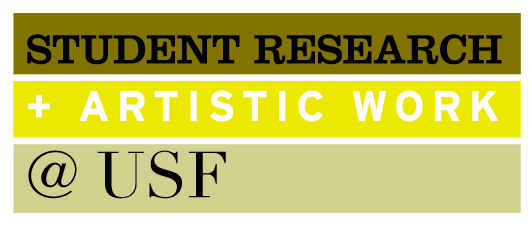
Major
Art History/Arts Management
Research Abstract
In 2003 Guatemalan performance artist Regina José Galindo performed Who Can Erase the Traces? The piece arose from the artist’s “rage and fear” at the presidential candidacy of Efraín Ríos Montt, a former dictator responsible for acts of genocide against Guatemala’s indigenous population. Within this piece, Galindo unflinchingly presents the collective violence of the Guatemalan and Latin American experience, also visible in the work of other Latin American artists such as Teresa Margolles. The collectivity also encompasses the public’s distribution of the performance footage online, thereby exposing human rights violations and extending the performative act to an unlimited, digital audience.
Faculty Mentor/Advisor
Paula Birnbaum
The Collective Violence and Institutional Critique of Who Can Erase the Traces?/Regina José Galindo
In 2003 Guatemalan performance artist Regina José Galindo performed Who Can Erase the Traces? The piece arose from the artist’s “rage and fear” at the presidential candidacy of Efraín Ríos Montt, a former dictator responsible for acts of genocide against Guatemala’s indigenous population. Within this piece, Galindo unflinchingly presents the collective violence of the Guatemalan and Latin American experience, also visible in the work of other Latin American artists such as Teresa Margolles. The collectivity also encompasses the public’s distribution of the performance footage online, thereby exposing human rights violations and extending the performative act to an unlimited, digital audience.


